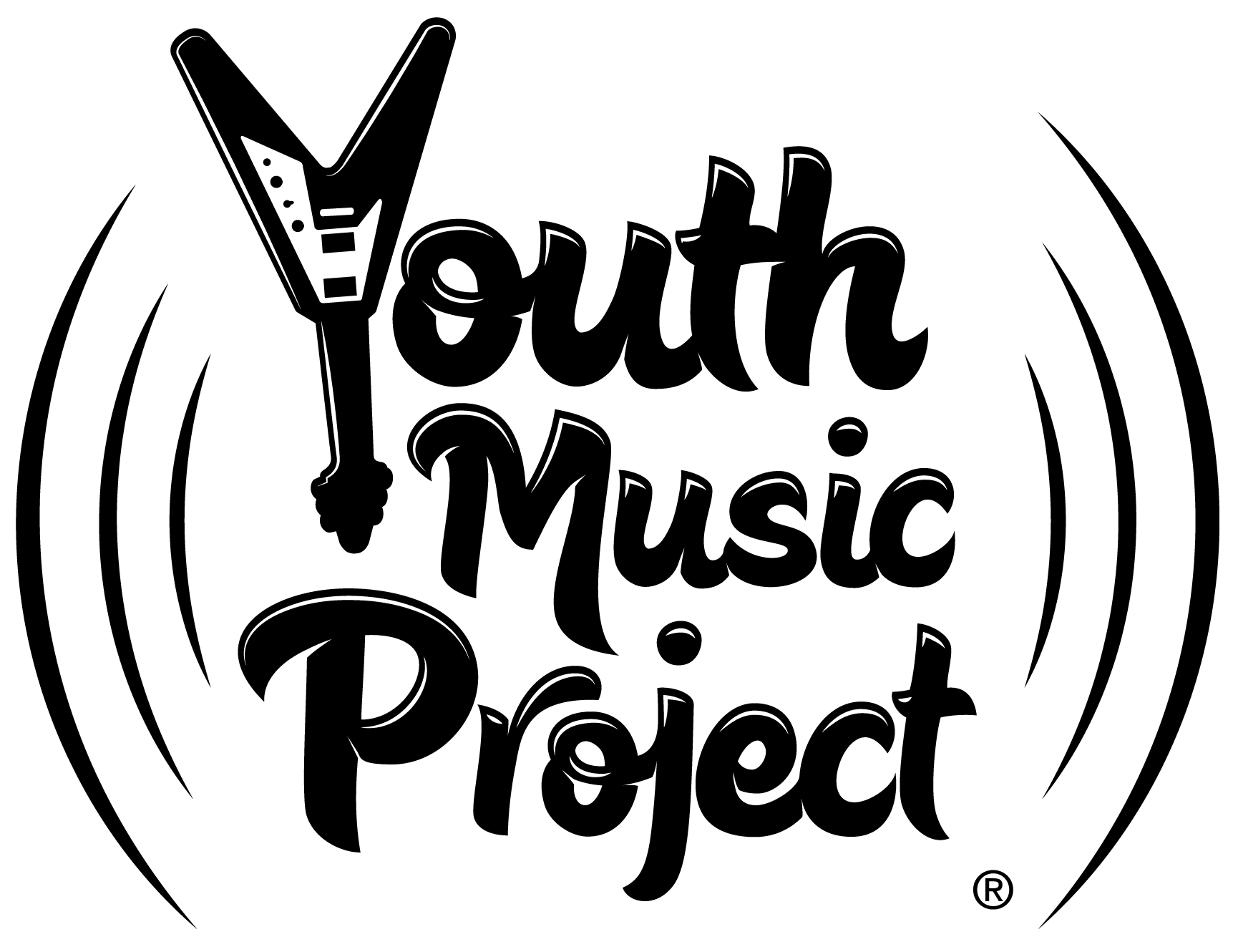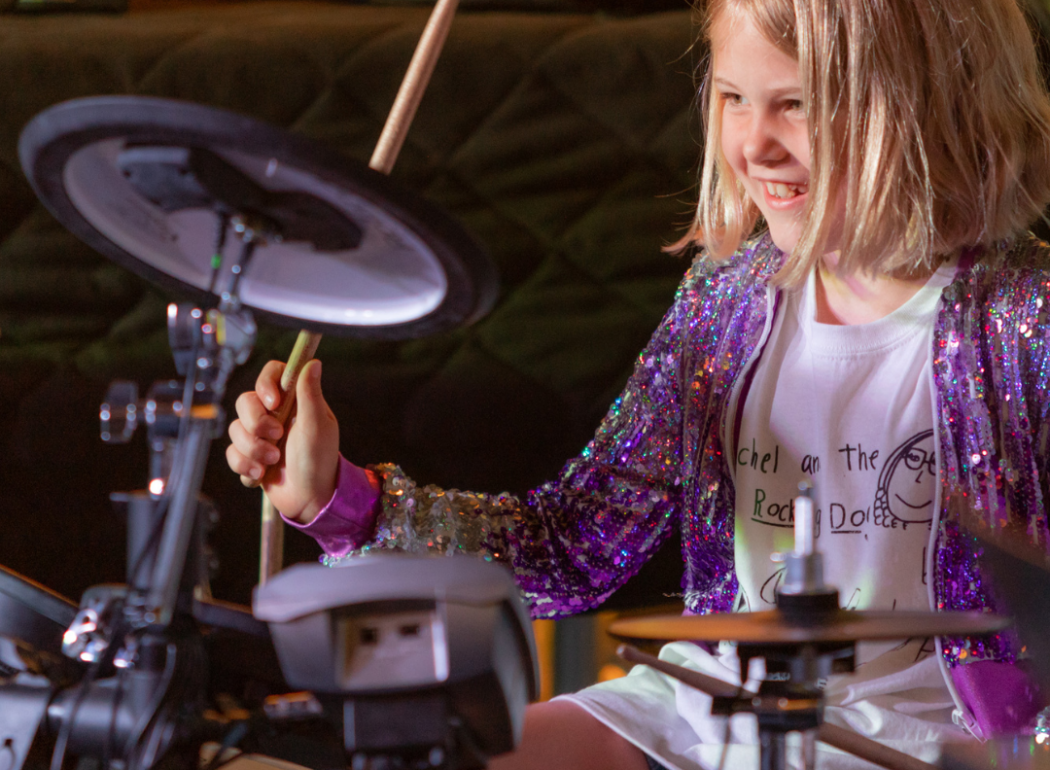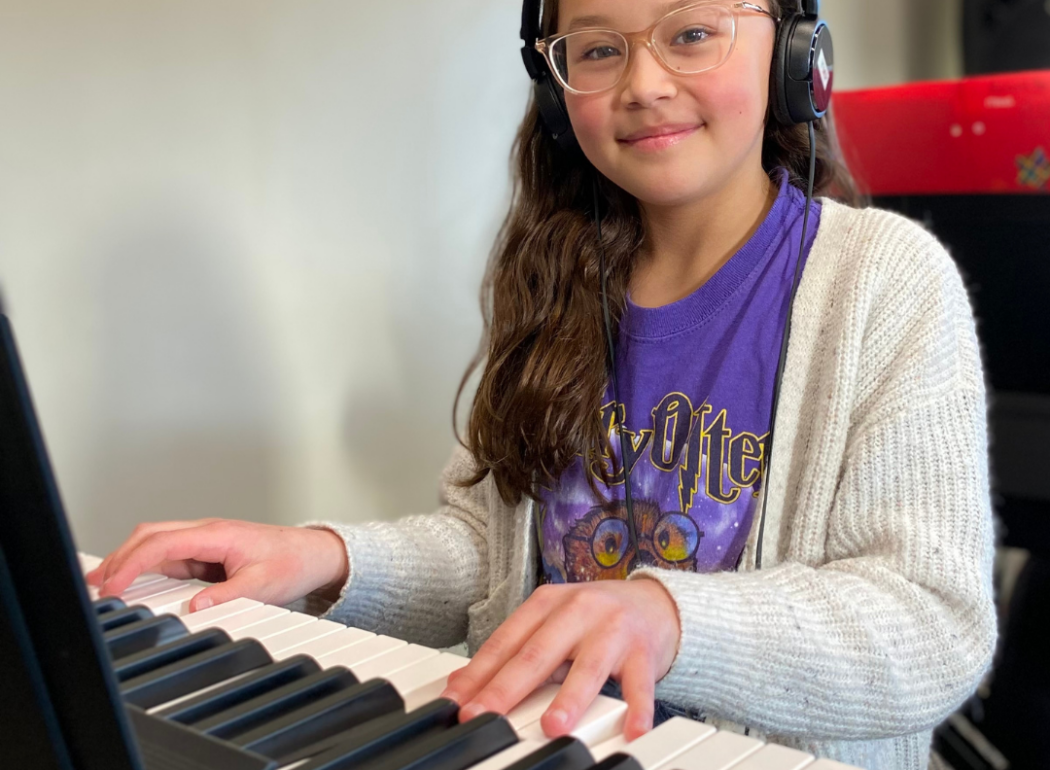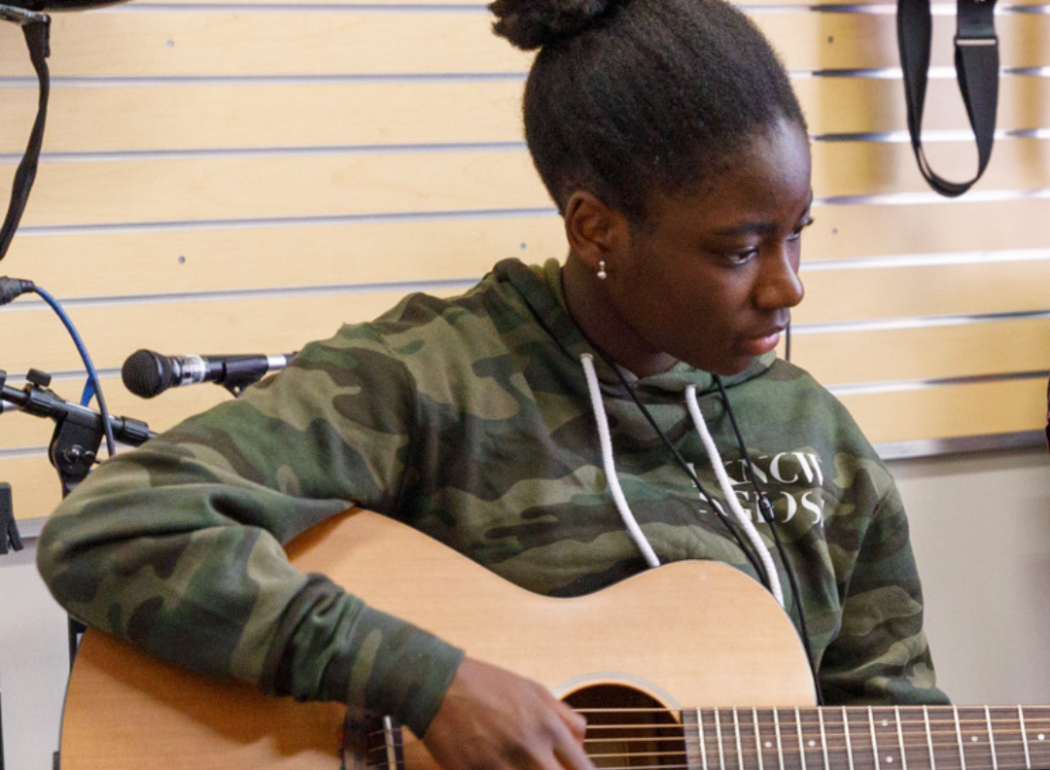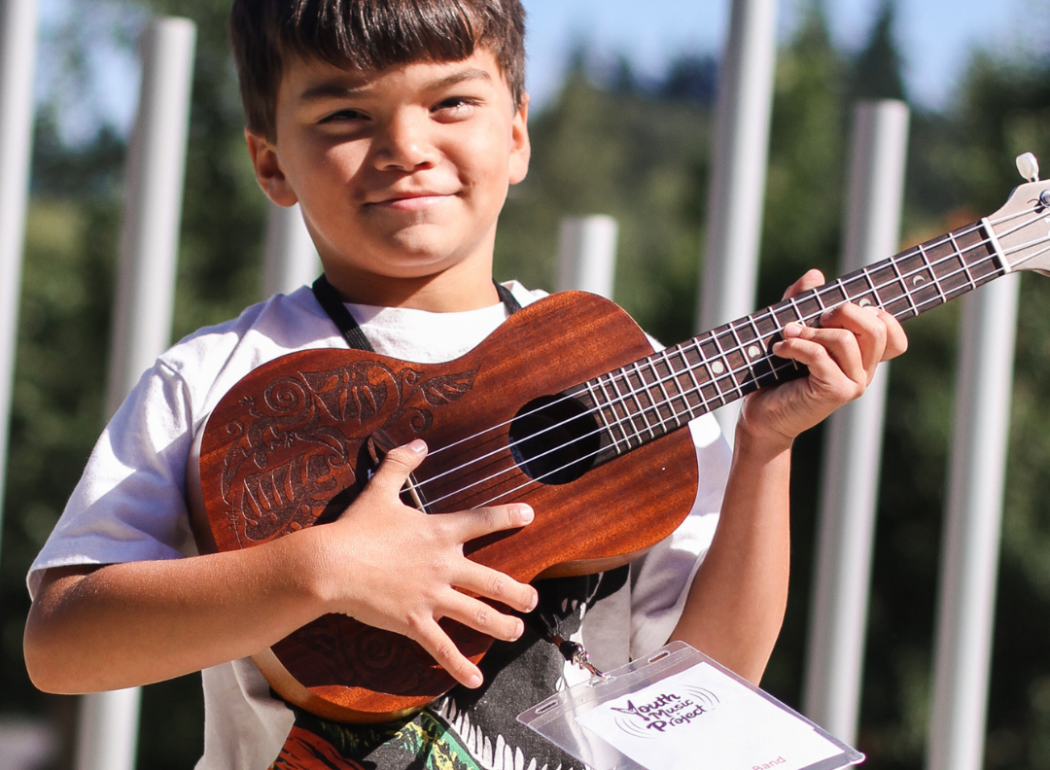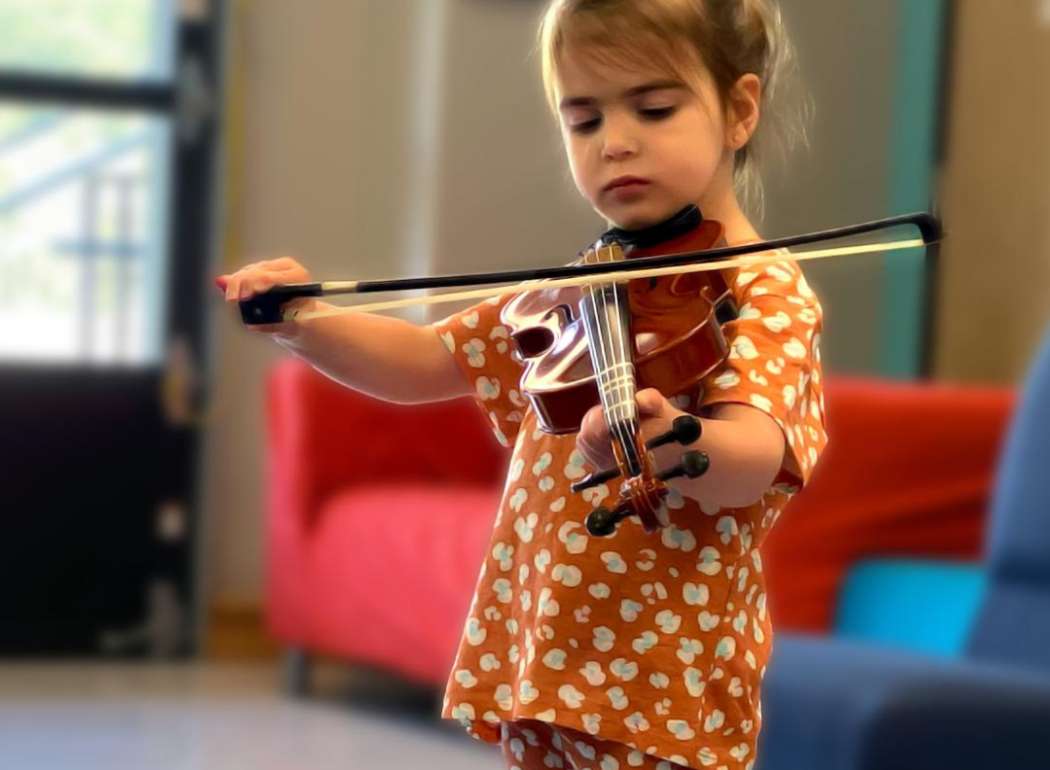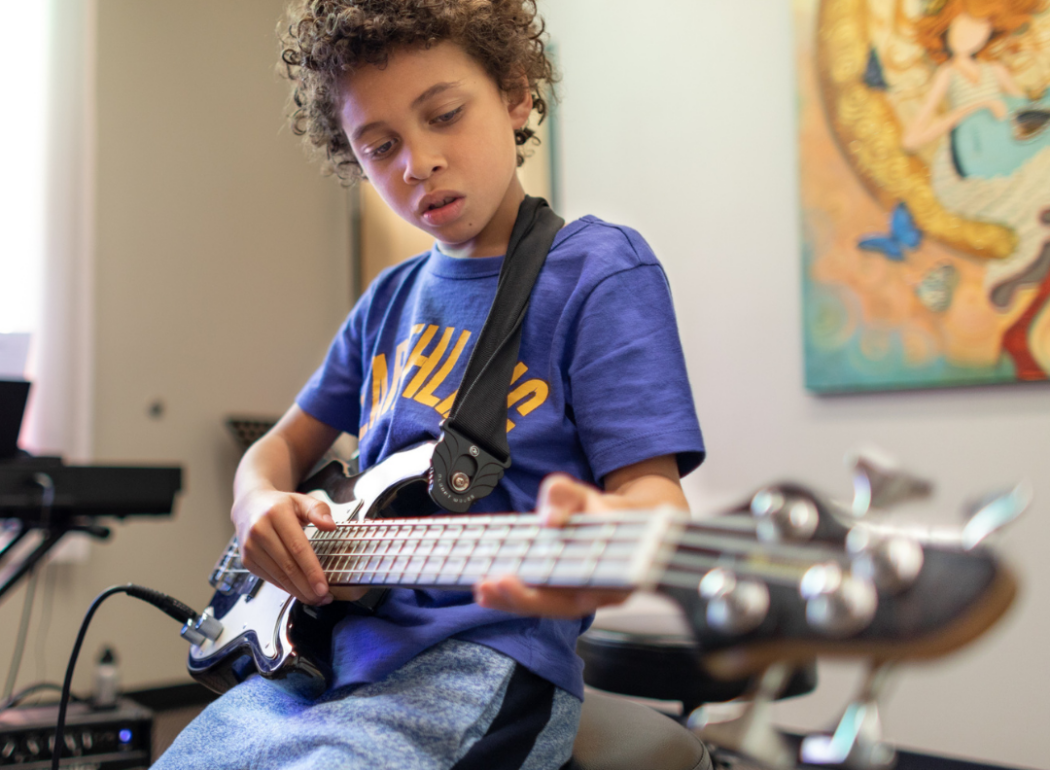-
Practice makes perfect! Youth Music Project has a lending library of instruments for students to rent and take home for use during their courses. Learn more below and reach out with any questions.
-
Get Started
After you register for a lesson or class, swing by YMP to find a suitable instrument for your kiddo. Complete a rental contract and you’re all set!
There is a $50 refundable security deposit due for all instruments at the time of the rental, regardless of tuition assistance status.
Tuition Assistance
Students who qualify for Tuition Assistance also qualify for free instrument rentals.
-
FAQ
Do you have the instrument I need?
We do our best! Instruments are available first come first serve, so don’t think twice and it will be all right!Do you sell instruments?
No, we don’t sell or rent-to-own instruments in our program. On special occasions, we do offer instruments we no longer need for sale or donation.My string broke, what should I do?
You probably rocked too hard! Bring your instrument to our front desk staff and it will be serviced in our shop. Most simple repairs are completed within the same week.What size of violin or guitar does my child need?
You’ll want to stop by and have your student sized for an instrument. Ideally, they should easily be able to reach around the instrument and the headstock with ease.How do I set up the drum practice pads?
Video instructions can be found online here in English and here in Spanish.What instrument should I buy for my kid?
For specific instrument recommendations, please contact us and describe your needs and the student. We are happy to help you find a quality instrument suitable for learning.Are there any instruments to avoid using?
Yes, you’ll always want to avoid instruments that are the wrong size or in poor condition. Even some new instruments can be unsuitable and difficult to learn on. Reach out if you need advice.What comes with my instrument rental?
You’ll have everything you need to play the instrument at home, including amps, stands, and accessories detailed in the rental package.Can I donate an instrument to Youth Music Project?
Yes, we accepts donations of usable instruments, equipment or other music accessories. All donations received are assessed for use in our classrooms or inclusion in our Instrument Library. If we cannot use them (i.e. wrong size, not an instrument we teach, etc.) for those purposes, we reserve the right to give the instrument directly to a family or sell at a fundraising event. Please complete this donation form (PDF).
